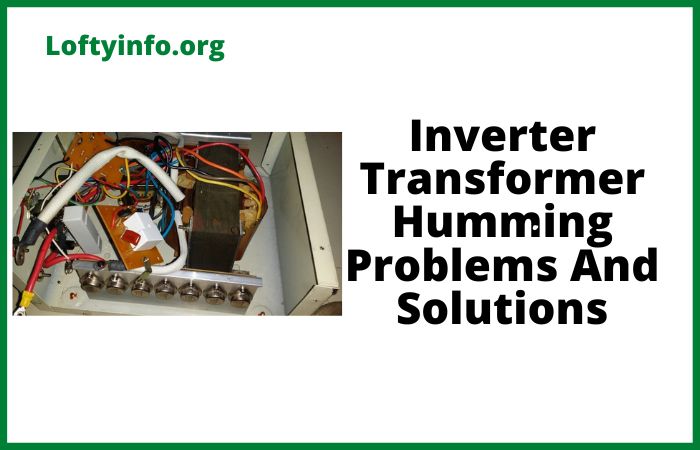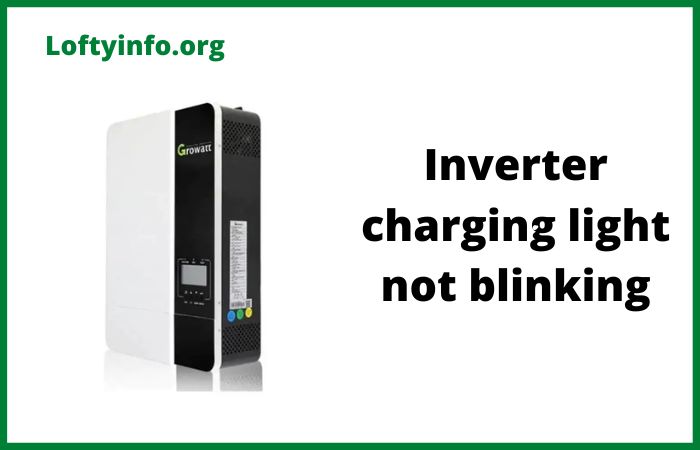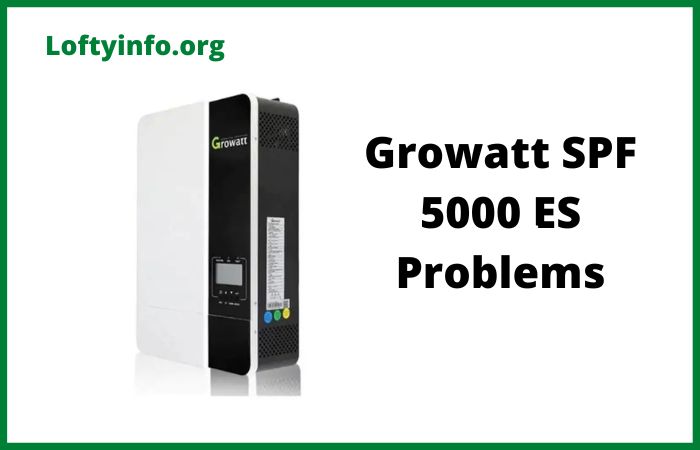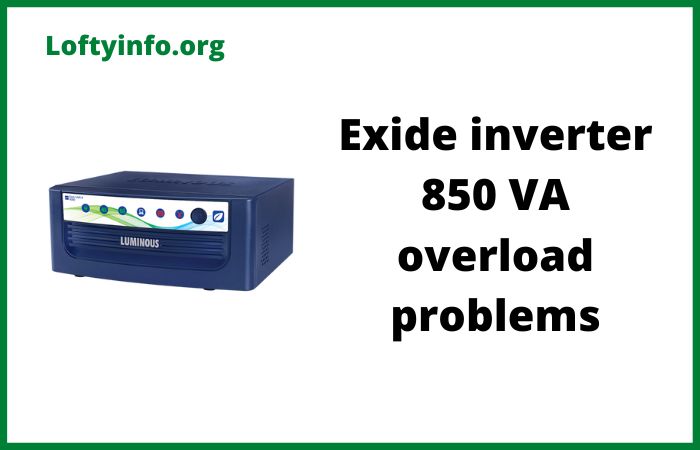Inverter Transformer Humming Problem: Major Causes and How to Fix Them
Inverter transformer humming is one of the most common issues faced by homeowners and businesses using power inverters.
This annoying buzzing or humming sound not only disrupts peace but can also indicate underlying problems that may affect your inverter’s performance and lifespan.
Understanding why your inverter transformer makes noise is crucial for maintaining optimal power supply and preventing costly repairs.
Causes Of Inverter Transformer Humming Problem
Transformer humming in inverters occurs due to various electrical and mechanical factors. The sound typically ranges from a low-frequency hum to a high-pitched buzzing, and its intensity can vary based on the load and operating conditions.
Let’s explore the six primary causes of this problem and understand how each one contributes to the unwanted noise.
1. Magnetostriction Effect in Transformer Core
The most fundamental cause of inverter transformer humming is magnetostriction, a natural phenomenon that occurs in all transformers.
When alternating current flows through the transformer’s primary winding, it creates a changing magnetic field in the iron core.
This magnetic field causes the iron molecules to align and realign rapidly, resulting in microscopic changes in the core’s dimensions.
These tiny expansions and contractions happen at twice the frequency of the power supply (100 Hz for 50 Hz systems, 120 Hz for 60 Hz systems), creating the characteristic humming sound.
In inverter transformers, this effect is often more pronounced because the switching frequency and waveform characteristics can amplify the magnetostrictive forces.
The quality of the transformer core material significantly impacts the intensity of this humming.
Lower-grade silicon steel cores tend to produce more noise compared to high-grade oriented silicon steel cores.
Additionally, the core construction method, lamination thickness, and insulation between laminations all influence the noise level.
Poor manufacturing processes or substandard materials can result in excessive magnetostrictive noise that goes beyond normal operating levels.
2. Loose Transformer Laminations and Mechanical Vibrations
Transformer cores are constructed using thin laminated sheets of silicon steel to reduce eddy current losses.
Over time, these laminations can become loose due to thermal cycling, mechanical stress, or inadequate initial assembly.
When laminations are not tightly bound together, they can vibrate independently under the influence of magnetic forces, creating additional noise beyond the normal magnetostrictive hum.
This problem is particularly common in older inverters or those that have experienced frequent temperature fluctuations.
The heating and cooling cycles cause the metal to expand and contract, potentially loosening the clamping pressure on the lamination stack.
Additionally, inverters that are frequently subjected to overloading or voltage fluctuations may experience accelerated loosening of core components.
The vibration from loose laminations can also be transmitted to the inverter chassis and surrounding surfaces, amplifying the noise through resonance effects.
This mechanical amplification can make a relatively minor lamination issue sound much worse than it actually is, leading to unnecessary concern about transformer health.
3. Inverter Switching Frequency and Waveform Distortion
Unlike traditional transformers that operate with pure sinusoidal waveforms, inverter transformers must handle modified sine wave or pulse-width modulated (PWM) signals.
The switching frequency of modern inverters typically ranges from 20 kHz to 100 kHz, but the output waveform contains harmonics that can excite the transformer core at various frequencies.
Modified sine wave inverters produce square wave outputs that contain significant harmonic content, particularly odd harmonics like the 3rd, 5th, 7th and higher orders.
These harmonics create additional magnetic flux variations in the transformer core, leading to increased magnetostrictive noise.
The sharper the switching transitions, the more high-frequency harmonics are generated, potentially causing the transformer to hum at multiple frequencies simultaneously.
Pure sine wave inverters generally produce less transformer noise because their output more closely resembles utility power.
Even these units can cause humming if the switching frequency is not properly filtered or if the inverter’s control circuitry introduces noise into the output waveform.
Poor quality inverters may have inadequate output filtering, allowing switching frequency noise to reach the transformer and connected loads.
4. Overloading and Excessive Load Current
When an inverter transformer operates beyond its rated capacity, several factors contribute to increased humming.
Overloading causes higher current flow through the transformer windings, which intensifies the magnetic field strength in the core.
This stronger magnetic field increases the magnetostrictive forces, resulting in louder humming sounds.
Excessive current also leads to increased heat generation within the transformer windings and core.
This thermal stress can cause expansion of core materials and potential loosening of lamination stacks over time.
Additionally, overheating can degrade the insulation between laminations, potentially leading to eddy current increases and additional noise generation.
Overloading often occurs gradually as users add more appliances to their inverter systems without considering the cumulative power requirements.
Inductive loads like motors, compressors, and transformers are particularly problematic because they draw high starting currents that can temporarily overload the inverter transformer.
Continuous operation near or above rated capacity not only increases humming but also significantly reduces transformer lifespan.
5. Poor Grounding and Electrical Interference
Inadequate grounding systems can contribute to inverter transformer humming through several mechanisms.
Poor grounding allows electrical noise and interference to circulate through the system, potentially causing irregular magnetic fields in the transformer core.
This interference can come from external sources like radio frequencies, switching power supplies, or other electronic equipment operating nearby.
Ground loops, where multiple ground paths exist with different potential levels, can cause circulating currents that flow through the transformer windings.
These unwanted currents create additional magnetic fields that don’t contribute to power transfer but do contribute to noise generation.
The problem is often intermittent and may correlate with the operation of other electrical equipment in the vicinity.
Electromagnetic interference (EMI) from nearby electronic devices can also couple into the inverter’s control circuits, affecting the switching patterns and output waveform quality.
This can indirectly increase transformer humming by creating irregular magnetic field variations. Proper shielding, filtering and grounding practices are essential for minimizing these interference effects.
6. Voltage Fluctuations and Input Power Quality
The quality of input power supplied to the inverter significantly affects transformer operation and noise levels.
Voltage fluctuations, whether from unstable utility power (in grid-tie systems) or varying battery voltage (in standalone systems), cause corresponding changes in magnetic flux density within the transformer core.
When input voltage is too high, the transformer core may approach magnetic saturation, causing non-linear increases in magnetizing current and associated noise.
Conversely, low voltage conditions may cause the inverter to draw higher input currents to maintain output power, potentially overloading the transformer.
Both conditions can result in increased humming and reduced efficiency.
Battery-powered inverters face additional challenges from declining battery voltage as the batteries discharge.
Most inverters are designed to maintain stable output voltage despite varying input voltage, but this regulation process can introduce additional switching noise and stress on the transformer.
Deeply discharged batteries may also introduce ripple and noise into the DC input, which can translate into AC-side noise and humming.
Frequent charging and discharging cycles in battery systems create varying load conditions that the transformer must accommodate.
These dynamic changes in operating conditions can cause intermittent humming that varies with battery state and charging status.
Using high-quality voltage regulation and battery management systems can help minimize these effects.
Impact on Of Transformer Humming On Inverter Performance and Longevity
Understanding these causes of inverter transformer humming is crucial because excessive noise often indicates conditions that can reduce system performance and lifespan.
Loud or unusual humming sounds may signal overloading, component degradation, or poor installation practices that require attention.
While some level of humming is normal in all transformers, significant increases in noise level or changes in sound characteristics warrant investigation.
Regular monitoring of transformer noise levels, along with other performance indicators like temperature and efficiency, can help identify developing problems before they lead to complete failure.
Addressing the root causes of excessive humming not only improves user comfort but also helps ensure reliable long-term operation of your inverter system.
By recognizing these major causes of inverter transformer humming, you can take appropriate steps to minimize noise and maintain optimal system performance.
Whether through proper installation, adequate ventilation, appropriate load sizing or quality equipment selection, addressing these factors will help ensure your inverter operates quietly and efficiently for years to come.
luminous inverter low battery problems
Difference between solar generator and normal solar setup
Top considerations when choosing the right battery size for your solar setup






